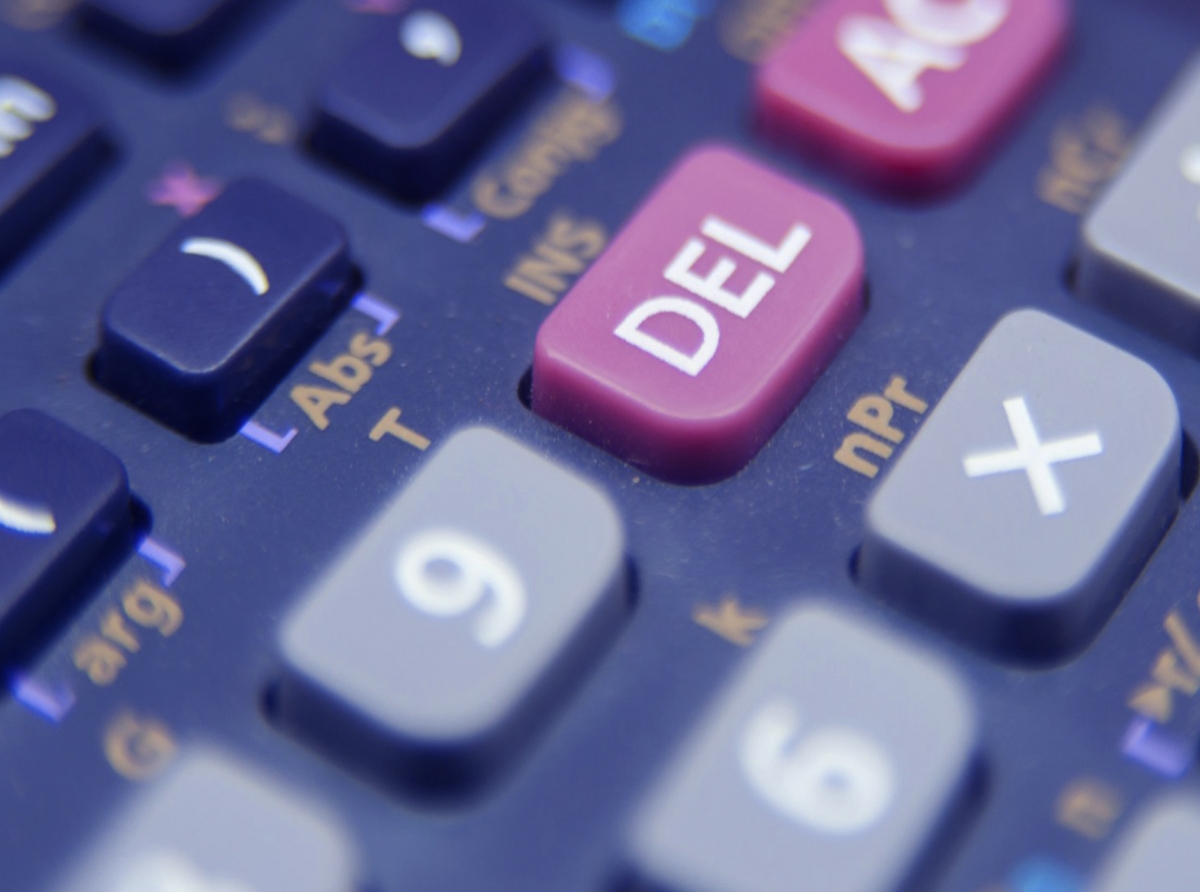Risk Mathematics: How to Calculate Position Size and Protect Your Deposit

Risk Mathematics: How to Calculate Position Size and Protect Your Deposit
Proper risk management is the cornerstone of successful Forex trading. Many traders overlook the importance of calculating position size, exposing their accounts to unnecessary losses.
By using mathematical formulas, you can determine the ideal lot size for each trade, limit potential drawdowns, and protect your capital effectively.
This approach ensures disciplined, professional trading even in volatile market conditions.
By using mathematical formulas, you can determine the ideal lot size for each trade, limit potential drawdowns, and protect your capital effectively.
This approach ensures disciplined, professional trading even in volatile market conditions.
Understanding Position Sizing in Forex
Position sizing determines how much of your account equity you risk on a single trade. It’s a blend of risk tolerance, account size, and stop-loss placement. Correctly calculating the lot size is essential to avoid catastrophic losses while maintaining the opportunity for growth.Key Concept:
Risk per Trade: The percentage of your account you are willing to lose on one trade. Most professional traders risk 1–2% of equity per position.
Stop-Loss Distance: The number of pips between entry price and stop-loss. The greater the distance, the smaller the position size should be to maintain risk limits.

Risk Mathematics: How to Calculate Position Size and Protect Your Deposit
Position Size Formula
The standard formula for calculating lot size is:
Lot Size = Account Balance×Risk Per Trade (%) / Stop Loss (pips)×Pip Value
Example:
-
Account Balance: $10,000
-
Risk Per Trade: 1% → $100
-
Stop-Loss: 50 pips
-
Pip Value: $10 per standard lot
50
This ensures that if the stop-loss is hit, the loss will be exactly $100 — preserving the account from large drawdowns.
Practical Risk Management Tips
Use Micro and Mini Lots: For small accounts or large stop-loss distances, micro-lots allow precise risk control.
Adjust Risk Based on Volatility: During high market volatility, reduce position size to maintain a fixed risk per trade.
Keep a Trading Journal: Record entry, stop-loss, lot size, and outcome. Review periodically to optimize strategies.
Diversify Trades: Avoid overexposure to a single currency or correlated positions.
Table Example: Position size vs. account balance and stop-loss
Use Micro and Mini Lots: For small accounts or large stop-loss distances, micro-lots allow precise risk control.
Adjust Risk Based on Volatility: During high market volatility, reduce position size to maintain a fixed risk per trade.
Keep a Trading Journal: Record entry, stop-loss, lot size, and outcome. Review periodically to optimize strategies.
Diversify Trades: Avoid overexposure to a single currency or correlated positions.
Table Example: Position size vs. account balance and stop-loss
| Account Balance | Risk % | Stop-Loss (pips) | Lot Size |
|---|---|---|---|
| $5,000 | 1% | 40 | 0.125 |
| $10,000 | 1% | 50 | 0.2 |
| $20,000 | 2% | 100 | 0.4 |
Common Mistakes in Position Sizing
Ignoring Stop-Loss Distance: Position size must adjust for the distance to the stop-loss; otherwise, risk is mismanaged.Over-Leveraging: High leverage amplifies losses; always calculate lot size relative to account balance.
Risking Too Much on a Single Trade: More than 2–3% per trade can deplete capital quickly.
Pro Tip: Negative balance protection ensures your account never goes below zero even if the market moves sharply against your positions.
Risk Mathematics in 2025–2027
AI-powered tools will automate position sizing and stop-loss calculation in real-time, integrating volatility and market correlations.Risk analytics will become more accessible on mobile trading platforms, allowing retail traders to manage complex portfolios safely.
Traders who master position sizing mathematically will outperform those relying on intuition alone.
Proper position sizing is more than a formula — it’s a discipline that protects your capital, limits emotional stress, and creates a foundation for consistent profitability.
By Claire Whitmore
August 20, 2025
Join us. Our Telegram: @forexturnkey
All to the point, no ads. A channel that doesn't tire you out, but pumps you up.









Report
My comments